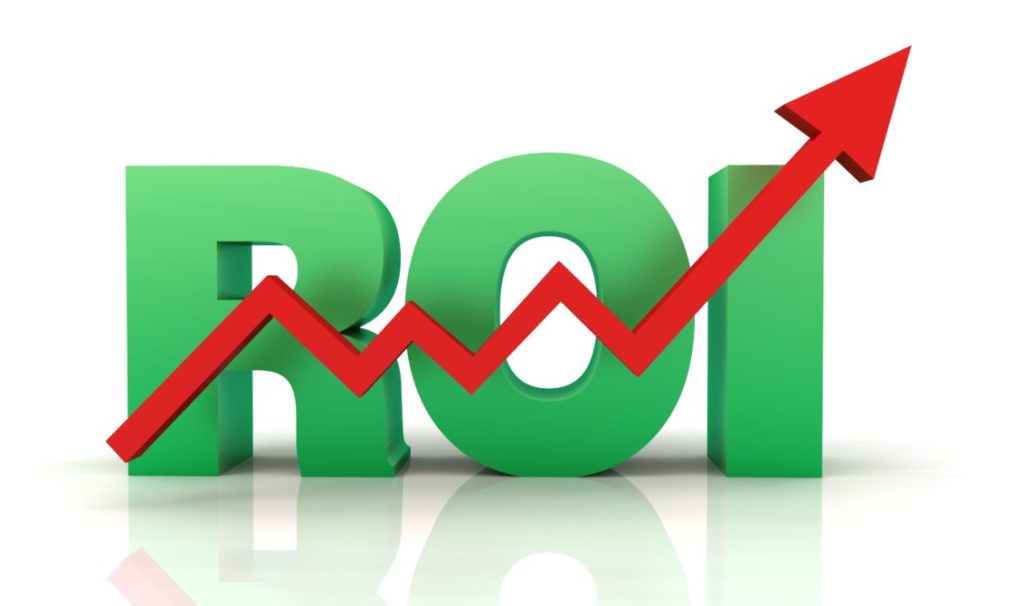LEED (Leadership in Energy and Environmental Design) certification is becoming increasingly important for many buildings and is especially beneficial in terms of the environment. To obtain LEED certification, buildings must meet certain criteria in several categories, including water efficiency and waste management. The waste management category focuses on how waste is collected, stored, and disposed of.
Good waste management strategies are essential for obtaining LEED certification. This can include segregating recyclable materials from regular waste, providing waste disposal containers and sorting systems near production areas, and properly disposing of hazardous waste according to regulations. These strategies help to reduce the amount of waste generated in the building, which conserves resources and reduces environmental impacts associated with waste disposal.

In addition to helping a building obtain its LEED certification, a good waste management strategy can also save money. By sorting and recycling materials, buildings can reduce the amount of waste sent to landfills and associated disposal costs. Furthermore, the materials that are recycled can often be sold to salvage or scrap companies, providing additional income.

Overall, good waste management strategies are essential for successfully obtaining LEED certification and reducing the overall environmental impacts of a building. By implementing waste reduction and recycling systems, buildings can save money, conserve resources, and decrease the amount of waste sent to landfills.
For information on how Green City can support your goals,
Visit Green City-Waste Management Services-Green for Life (greencitysa.com)
Email: sales@greencitysa.com
Call: +966 536 490 490


